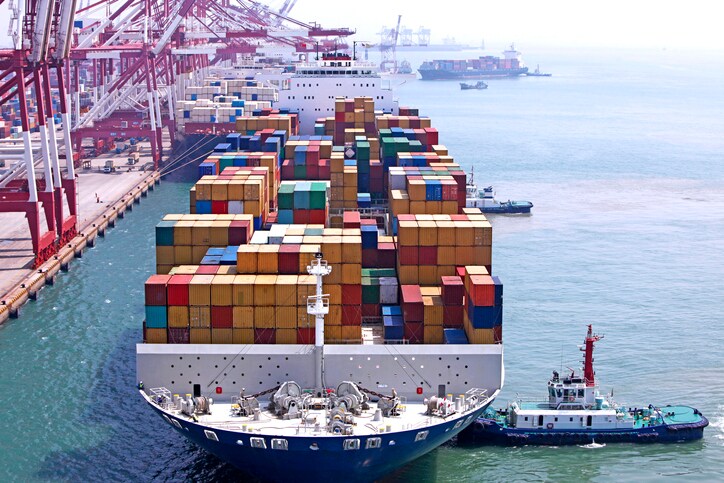 Most customs organizations around the globe in industrialized countries have implemented comprehensive border protection policies, as they should, to detect and control everything from drugs to smuggled contraband goods and more coming into their country. One facet of this is radiation monitoring.
Most customs organizations around the globe in industrialized countries have implemented comprehensive border protection policies, as they should, to detect and control everything from drugs to smuggled contraband goods and more coming into their country. One facet of this is radiation monitoring.
What are customs officers engaged in radiation monitoring looking for? Many radiation sources are by their nature not dangerous. But the primary target really is what’s known as Special Nuclear Material (SNM), which can be used for assembling a nuclear weapon. Radioactive isotopes that, in consolidation, could be used by terrorists to make a dirty bomb include Plutonium, Uranium, and Neptunium (Pu, U, Np). That’s why it’s critical to know the exact isotope of the radioactive material in order to assess the potential threat. Also, legitimate radioactive sources must be licensed, and the carrier must have proof in documentation and declare it.
Unfortunately one of the ways these materials might be arriving is by way of a container ship. The IHS Maritime & Trade website reports that the largest container ships afloat today are 19,000teu, but giant 24,000teu vessels are coming. (TEU, or twenty-foot equivalent unit, refers to the size of a standard 20′ shipping container, which is 20 feet long and 8 feet tall.)
According to a US Customs and Border Protection document, more than 11 million cargo containers arrive on ships and are offloaded at U.S. Seaports each year. That is a lot of containers, and examining each one of them to see if they are carrying nuclear and radiological materials could be like looking for a needle in a giant haystack.
The U.S. EPA explains that one of the duties of Port security is to block radioactive material from illegally entering the United States. This means that Customs and Border Patrol has the capability to check and evaluate radioactive materials arriving in ship containers:
Cargo containers are checked for radioactive material that could pose a threat to national security or public safety. Security measures include:
- Enforcing licensing requirements for the import and export of radioactive material.
- Prescreening all cargo.
- Inspecting potentially threatening shipments with radiation detectors.
The U.S. Customs and Border Protection (CBP) agency monitors, regulates, and facilitates the flow of goods into the United States. The CBP monitors cargo using different types of monitors, such as radiation portal monitors that scan cargo from the outside and hand-held monitors that can be brought into shipping containers.
When the ship arrives in port, cargo containers pass through radiation portal monitors as they are unloaded, and then if they trigger an alarm, they’re secondarily inspected by customs officers equipped with a RIID, or Radioisotope Identification Device, which is a Geiger counter-like instrument.
RIIDs are handheld instruments designed to determine the identity of radioactive materials by measuring the energy of the emitted gamma rays. They can scan and check large bundles, pallets of products, or containers full of goods for unseen radioactive elements. Every isotope has its own signature ‘spectrum’ that is detected and displayed on the RIID. This enables the ability to differentiate between benign isotopes and threat material.
The RIID instrument operator can view the real-time spectra build of isotopes present in the environment as the identification scan is in process. Isotopes are color coded to visually alert the operator to the presence of benign, threatening or unknown sources and indicates the moment an accurate identification is made. The sooner the material can be identified, the better since nuclear and radiological materials have the potential to harm large numbers of people and disrupt the U.S. economy.
That one ‘needle’ can cause a lot of damage.
For additional details, read: A new approach to border protection






Leave a Reply